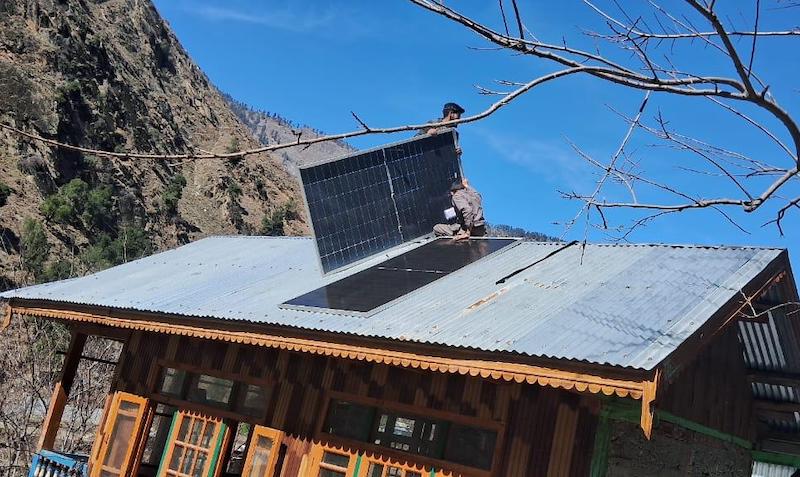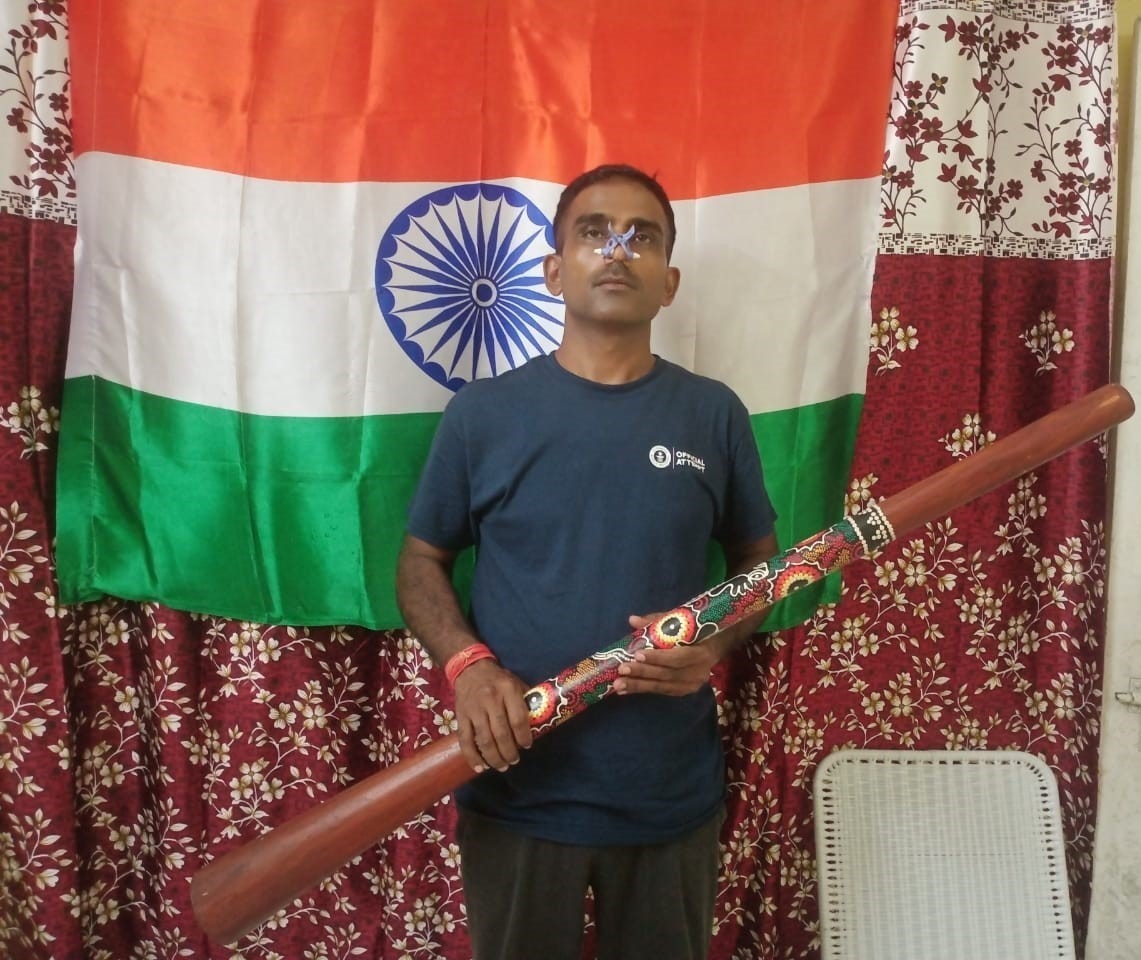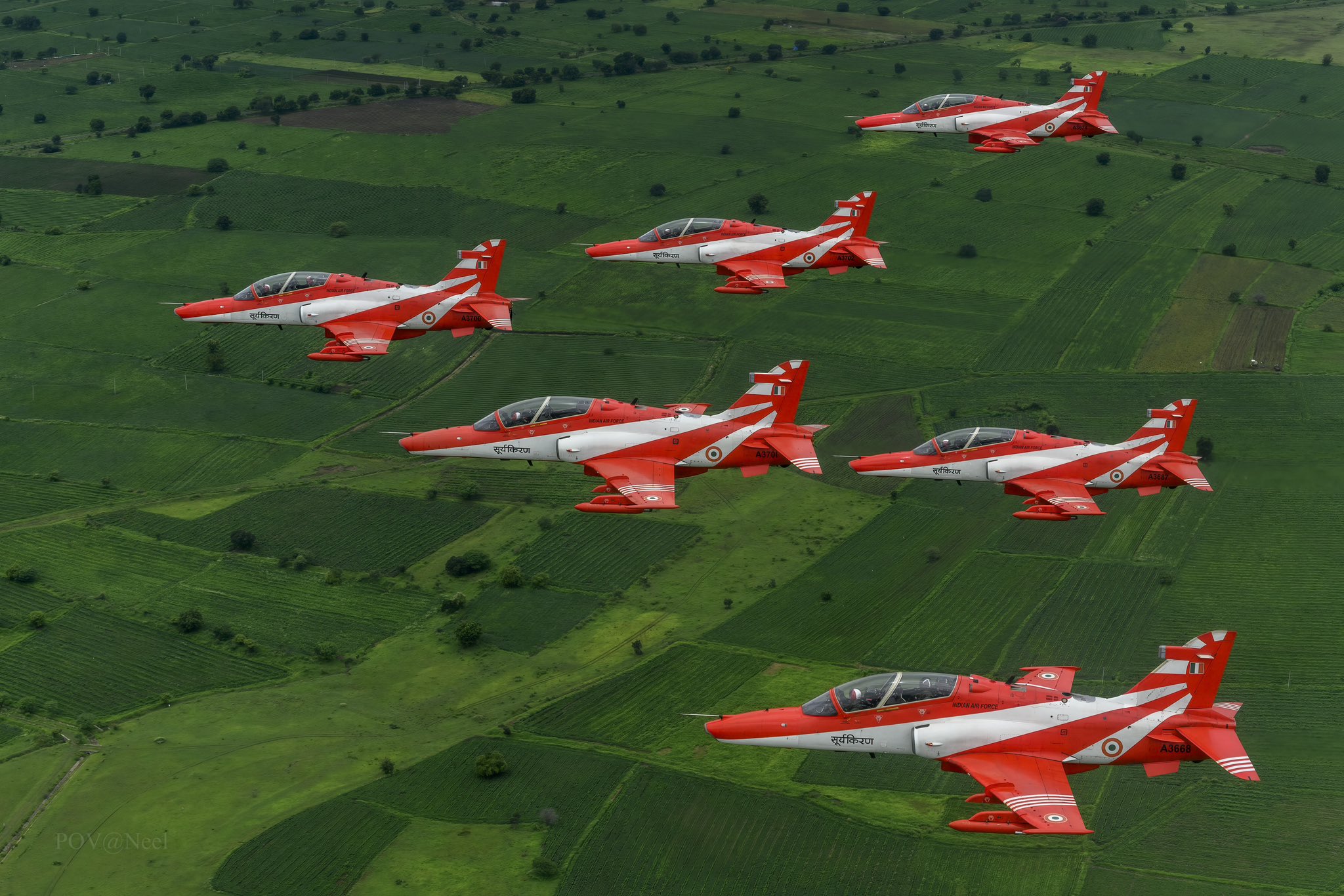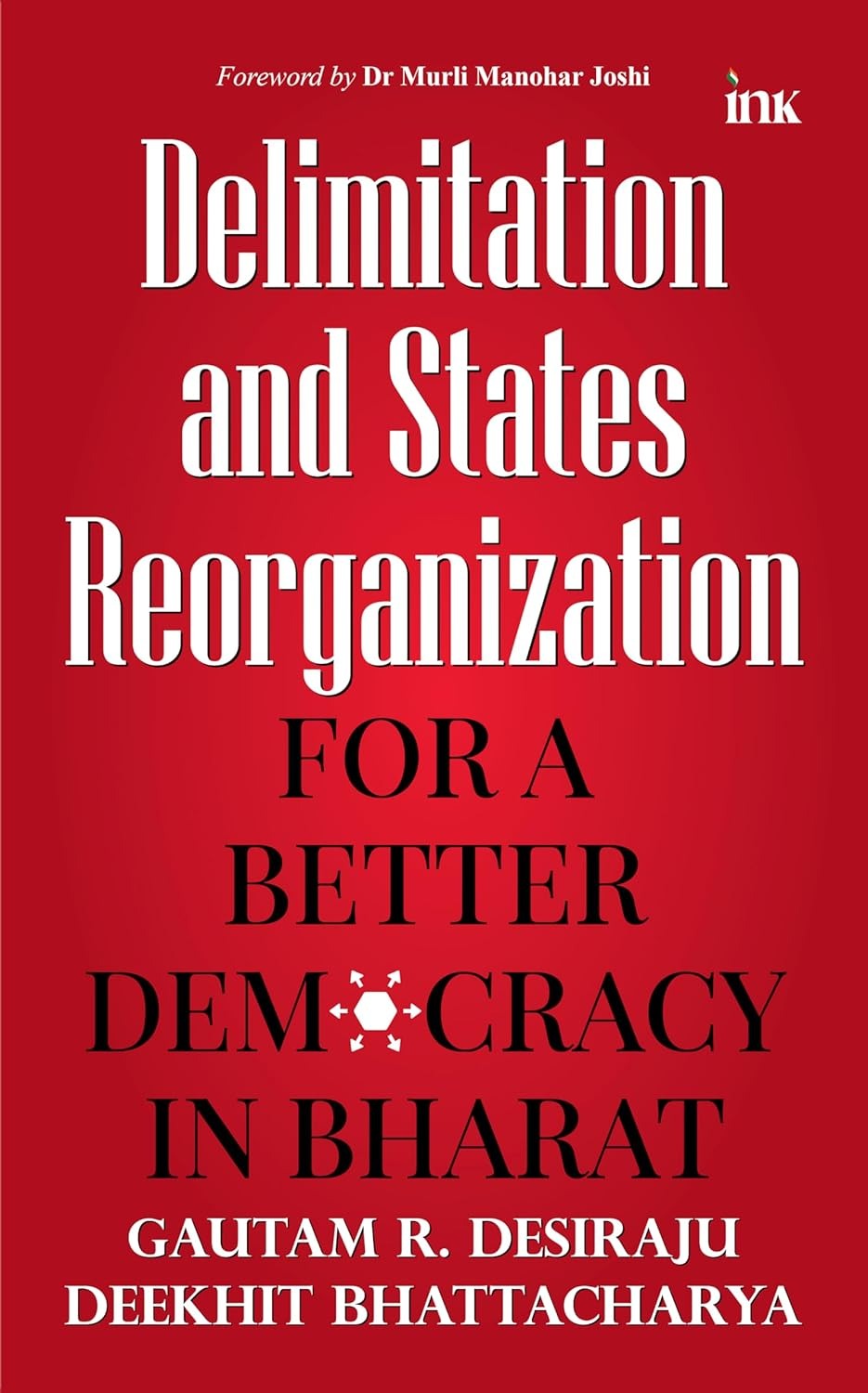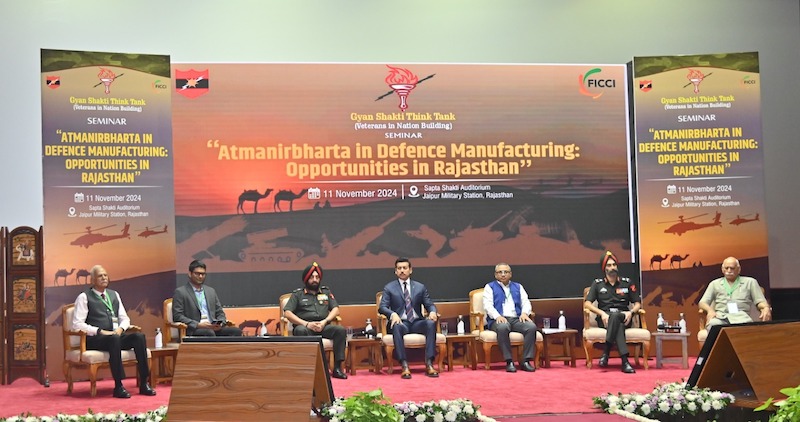
New Delhi: An Australian warship has joined the US Navy in an exercise in the South China Sea as tensions simmer again between Beijing, Malaysia and Vietnam over disputed waters, according to media reports.
The Australian frigate HMAS Parramatta and three US warships arrived this week close to where the Chinese government survey ship Haiyang Dizhi 8 is suspected to be exploring for oil.
Mr Jennings, the former Australian defense official, said that the Parramatta’s deployment would have been arranged at least a year ago.
At that time, “it probably didn’t know it was sailing into a heightened military environment,” Mr. Jennings said. “It’s been made that way really since March, with the greater pattern of offensive operations that China is engaging in all the way from Japan to the South China Sea.”
A vessel operated by Malaysia’s Petronas state oil company is also operating in the area.
The America, an amphibious assault ship, and the Bunker Hill, a guided missile cruiser, entered contested waters off Malaysia. At the same time, a Chinese government ship in the area has for days been tailing a Malaysian state oil company ship carrying out exploratory drilling. Chinese and Australian warships have also powered into nearby waters, according to the defense experts, The New York Times has reported.
Despite working to control a pandemic that spread from China earlier this year, Beijing has not reduced its activities in the South China Sea, a strategic waterway through which one-third of global shipping flows. Instead, the Chinese government’s years long pattern of assertiveness has only intensified, military analysts said.
“It’s a quite deliberate Chinese strategy to try to maximize what they perceive as being a moment of distraction and the reduced capability of the United States to pressure neighbors,” said Peter Jennings, a former Australian defense official who is the executive director of the Australian Strategic Policy Institute.
Since January, when the coronavirus epidemic began to surge, the Chinese government and Coast Guard ships, along with maritime militias, have been plying contested waters in the South China Sea, tangling with regional maritime enforcement agencies and harassing fishermen.
Earlier this month, the Vietnamese accused a Chinese patrol ship of ramming and sinking a Vietnamese fishing boat.
Last month, China opened two new research stations on artificial reefs it has built on maritime turf claimed by the Philippines and others. The reefs are also equipped with defense silos and military-grade runways.
Over the weekend, the Chinese government announced that it had formally established two new districts in the South China Sea that include dozens of contested islets and reefs. Many are submerged bits of atoll that do not confer territorial rights, according to international law.
“It seems that even as China was fighting a disease outbreak, it was also thinking in terms of its long-term strategic goals,” said Alexander Vuving, a professor at the Daniel K. Inouye Asia-Pacific Center for Security Studies in Honolulu. “The Chinese want to create a new normal in the South China Sea, where they are in charge, and to do that they’ve become more and more aggressive.”
While the United States has no territorial claims in the South China Sea, the American Navy says it has kept the peace in these waters for decades. American military officials have chastised China for its increased militarization of the waterway.
“Through our continued operational presence in the South China Sea, we are working with our allies and partners to promote freedom of navigation and overflight, and the international principles that underpin security and prosperity for the Indo-Pacific,” said Lt. Cmdr. Nicole Schwegman, a spokeswoman for the United States Indo-Pacific Command. “The U.S. supports the efforts of our allies and partners to determine their own economic interests.”
The Chinese government has countered that the United States is the country destabilizing the region. The appearance of the America and the Bunker Hill may do little to dispel that narrative.
“What is the intention of the U.S. here?” said Ian Storey, a South China Sea expert at the ISEAS-Yusof Ishak Institute, a think-tank in Singapore. “Is it just to say, ‘We’re here?’ Or are they going to shadow the Chinese survey ship to try to stop it from operating?”
On Tuesday, the United States Navy posted pictures of the warships on Twitter, accompanied by a third vessel, a destroyer called the Barry, saying that the expeditionary strike group was operating “in support of security and stability in the Indo-Pacific region.”
The area where the American warships have been sailing is around 200 nautical miles off the coast of Malaysia, defense experts said. Malaysia, China and Vietnam all claim rights to the natural resources in this part of the contested waterway.

